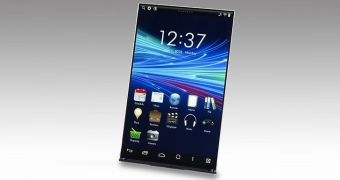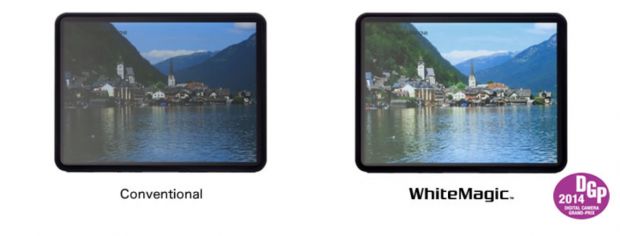LG might have launched smartphones overflowing with pixels, like its latest G3 flagship, but no matter how impressive a QHD display is, keeping it in direct sunlight will still render it pretty useless.
But have no fear, Japan Display is here to clear the confusion. This joint venture between Toshiba, Sony and Hitachi that was launched back in April 2012 seems to have a solution for those who want to use their mobile devices in natural light.
So, JDI has rolled out the 7-inch LCD display based on the “WhiteMagic” technology that will allow users to read on their gadgets' screens without squinting awkwardly.
Apparently, WhiteMagic does real magic and will consume up to 40% less power than what conventional display take up in low power mode, but delivering at the “normal” level of 500 nits.
When viewing screens in direct sunlight, the more nits you have the better, and the display put out by JDI can output as much as 1000 nits. The screen boasts a 1920 x 1200 (WUXGA) resolution.
You might be wondering why JDI is calling it “WhiteMagic” technology. Usually, RGB display come with the basic Red, Green and Blue pixels. But JDI is throwing an extra white pixel into the mix, to spice things up.
By doing so, the company is leveraging battery consumption levels and is lowering the backlight dependency, while enabling the higher levels of nits to be displayed.
This is certainly good news for the average tableters, but don’t expect such products to appear anytime soon on the market. JDI has only started shipping some prototypes to potential customers.

 14 DAY TRIAL //
14 DAY TRIAL // 

